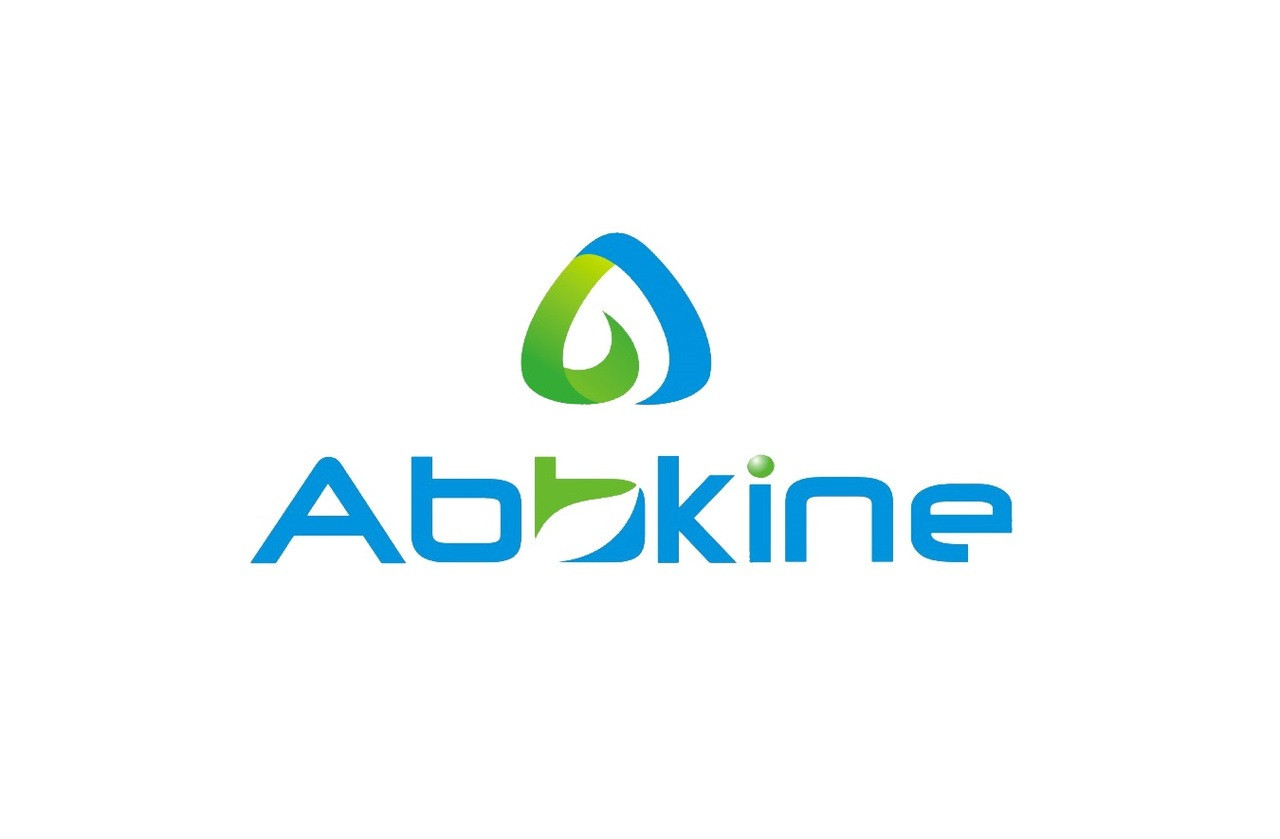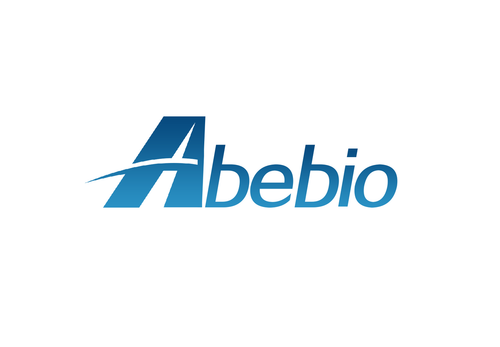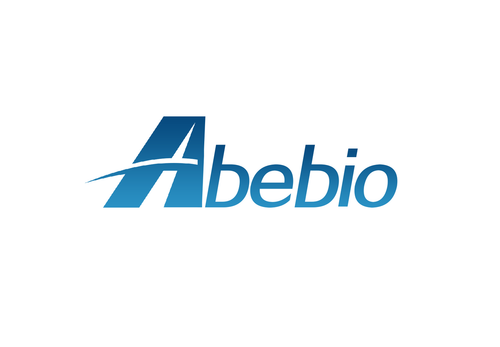Product Description
Mouse Pyruvate dehydrogenase E1 component subunit beta, mitochondrial (PDHB) ELISA Kit | KTE70779 | Abbkine
Application: This Mouse Pyruvate dehydrogenase E1 component subunit beta, mitochondrial (PDHB) ELISA Kit employs a two-site sandwich ELISA to quantitate PDHB in samples. An antibody specific for PDHB has been pre-coated onto a microplate. Standards and samples are pipetted into the wells and anyPDHB present is bound by the immobilized antibody. After removing any unbound substances, a biotin-conjugated antibody specific for PDHB is added to the wells. After washing, Streptavidin conjugated Horseradish Peroxidase (HRP) is added to the wells. Following a wash to remove any unbound avidin-enzyme reagent, a substrate solution is added to the wells and color develops in proportion to the amount of PDHB bound in the initial step. The color development is stopped and the intensity of the color is measured.
Detection Method: Colorimetric
Conjugate: N/A
Sample Type: Cell culture supernatants#Serum#Plasma#Other biological fluids
Assay Type: Multiple steps standard sandwich ELISA assay with a working time of 3-5 hours. It depends on the experience of the operation person.
Kit Component: • Mouse Pyruvate dehydrogenase E1 component subunit beta, mitochondrial microplate
• Mouse Pyruvate dehydrogenase E1 component subunit beta, mitochondrial standard
• Mouse Pyruvate dehydrogenase E1 component subunit beta, mitochondrial detect antibody
• Streptavidin-HRP
• Standard diluent
• Assay buffer
• HRP substrate
• Stop solution
• Wash buffer
• Plate covers
Features & Benefits: Mouse Pyruvate dehydrogenase E1 component subunit beta, mitochondrial (PDHB) ELISA Kit has high sensitivity and excellent specificity for detection of Mouse PDHB. No significant cross-reactivity or interference between Mouse PDHB and analogues was observed.
Calibration Range: Please inquire
Limit Of Detection: Please inquire
Usage Note: • Do not mix components from different kit lots or use reagents beyond the kit expiration date.
• Allow all reagents to warm to room temperature for at least 30 minutes before opening.
• Pre-rinse the pipet tip with reagent, use fresh pipet tips for each sample, standard and reagent to avoid contamination.
• Unused wells must be kept desiccated at 4 °C in the sealed bag provided.
• Mix Thoroughly is very important for the result. It is recommended using low frequency oscillator or slight hand shaking every 10 minutes.
• It is recommended that all samples and standards be assayed in duplicate or triplicate.
Storage Instruction: The unopened kit should be stored at 2 - 8°C. After opening, please store refer to protocols.
Shipping: Gel pack with blue ice.
Precaution The product listed herein is for research use only and is not intended for use in human or clinical diagnosis. Suggested applications of our products are not recommendations to use our products in violation of any patent or as a license. We cannot be responsible for patent infringements or other violations that may occur with the use of this product.
Background: Koike et al. (1988) cloned and sequenced cDNAs encoding the alpha and the beta subunits. Theoretically, there may be 2 forms of pyruvate dehydrogenase deficiency, one with mutation in the PDHA gene and one with mutation in the PDHB gene. Ho et al. (1988) isolated a 1.5-kb cDNA clone for the beta subunit of E1 from a human liver gamma-gt11 cDNA library using anti-E1 serum. Using a cDNA probe, Olson et al. (1990) demonstrated that the PHE1B gene is located on 3p13-q23. Koike et al. (1990) described the molecular cloning of the entire human PHE1B gene, its characterization by restriction enzyme analysis, and its complete nucleotide sequence. The gene is composed of 10 exons and 9 introns. All intron-exon splice junctions follow the GT/AG rule. The Alu family was found in introns 2 and 8.
Alternative Names: PDHB; DKFZp564K0164; PHE1B; Pyruvate dehydrogenase; E1 beta polypeptide
Search name: PDHB; DKFZp564K0164; PHE1B; Pyruvate dehydrogenase; E1 beta polypeptide
Tag: PDHB
 Euro
Euro
 USD
USD
 British Pound
British Pound
 NULL
NULL












